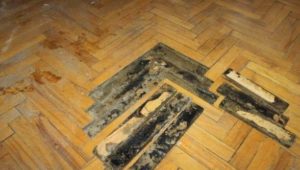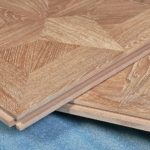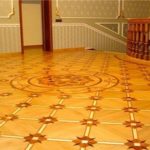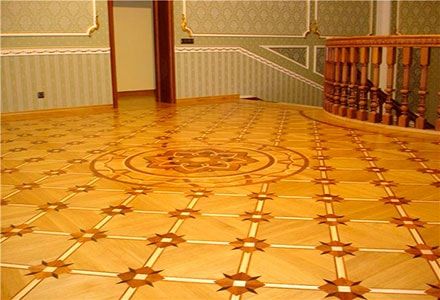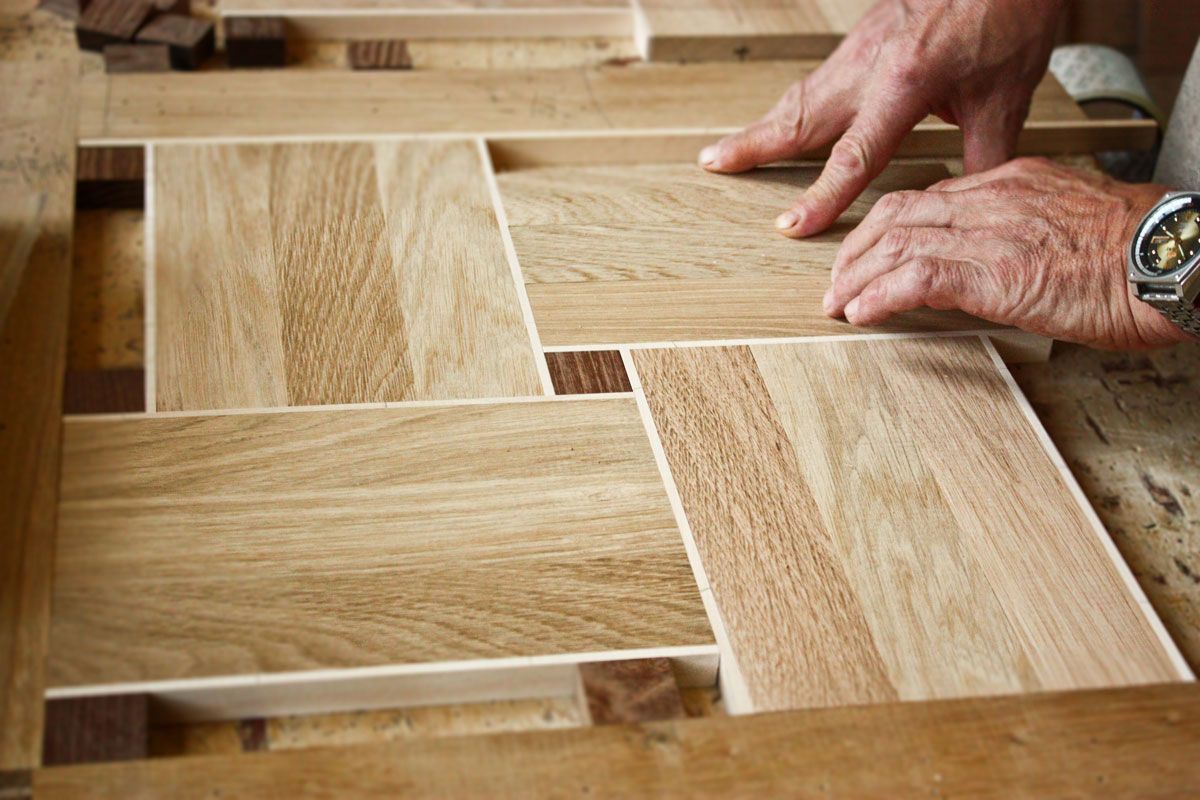The parquet is swollen from water - what to do?
One of the types of flooring that can add a touch of aristocracy to a living space is parquet. This is a wood covering. There are several different types of it. Depending on how it is made, one can distinguish: piece, panel and typesetting. But, no matter how good this floor is, it has a tendency to swell.
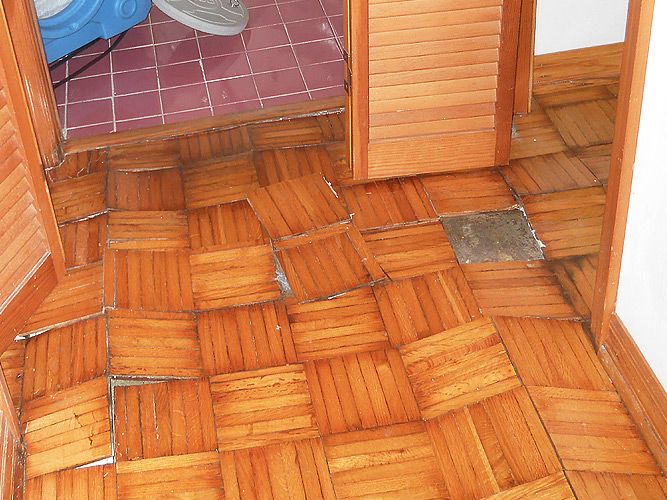
The content of the article
The parquet is swollen - what to do?
Bloating can happen for a variety of reasons, but water is almost always the main culprit. How could she get into the parquet? If the liquid did not spill on the floor, then it could have entered in vapor form. It is necessary to check the humidity level. This figure should not exceed 40–60%.
If the humidity is normal, it means it is penetrating from below. Most likely, the technology for laying the parquet boards was violated and a waterproofing film was not laid under it. Perhaps the neighbors below have high humidity in the room and it is from there that it penetrates and condenses. It is not uncommon for parquet flooring to swell due to flooding from the upper occupants. During installation, ventilation gaps may not have been left, and the parquet itself may have been laid on top of wet concrete.
What to do if the parquet is swollen from water? First you need to study the location of the damage to understand the possible causes of swelling.
We examine the place of deformation
Initially, it is necessary to carefully examine the place where the deformation occurred. By the appearance of the damage, you can often determine the causes of swelling, and therefore understand how to correct the situation.
If the problem area occupies more than a third of the room, then there is only one way out - a complete replacement of the covering. This can be caused by either a flood or uninstalled waterproofing. However, local swelling is more common. In this case, the planks can rise at the joints, or they can move in waves along the entire length.
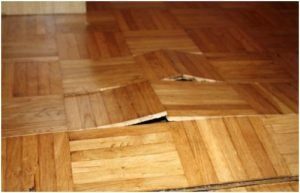
Determining the cause
There are several reasons for local deformation:
- Expansion joint of insufficient width;
- If there is local swelling, but no moisture penetration is detected, this indicates a violation of the waterproofing or the heated floor pipe is damaged.
- Due to spilled water, old and dry coatings most often swell.
Recovery method
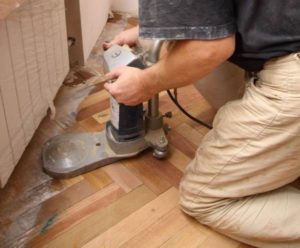 If parquet of different quality was used, this is immediately noticeable. These dies are distinguished by their design. If the wood of such parquet is of fairly high quality, well-dried, then most likely the changes will be practically unnoticeable and nothing can be done. But if the swelling is very noticeable, you can sand this area. After this, the joints will need to be treated with putty, and the parquet will also need to be varnished. From now on, try to keep the room temperature at the same level.
If parquet of different quality was used, this is immediately noticeable. These dies are distinguished by their design. If the wood of such parquet is of fairly high quality, well-dried, then most likely the changes will be practically unnoticeable and nothing can be done. But if the swelling is very noticeable, you can sand this area. After this, the joints will need to be treated with putty, and the parquet will also need to be varnished. From now on, try to keep the room temperature at the same level.- If there are no expansion joints or their width is less than necessary, then the situation can be corrected using a circular saw. It is necessary to walk around the entire room, along the baseboards, and make gaps.
- If a waterproofing film has not been installed. And the coating swelled because the mineral screed was wet. There is no way to do this without complete dismantling.It is necessary to open the floors and dry the entire base.
- If the planks are swollen from water and the area of damage is small, and the room itself is dry, then you should wait a week. During this time, the planks will dry out and fall into place.
- If the damage is extensive enough, a complete replacement of the coating is required. The planks need to be lifted and removed.
It is not recommended to reuse damaged parquet strips. Its geometry is no longer correct and all connections have become unusable.
Express parquet repair
If the parquet is swollen in only one place, what should you do in this situation? The simplest method of leveling slightly swollen parquet is to bring the humidity to an optimal state. The humidity in the room must be reduced to fifty percent. To do this, the room is intensively ventilated in the summer, and fan heaters are used in the winter. Locally heat the swelling area with a hairdryer, while making sure that the wood does not overheat. The swelling area is covered with a piece of plywood and a weight is placed on it. Periodically, the plywood is removed to ventilate the parquet.
Repair with partial dismantling of dies
If the damaged area is small in scale, then there is no need to completely open the floor. Partially replacing parquet is not difficult at all.
- After the floor has dried, you need to remove the damaged area. In this case, the planks that remain after the initial installation can help out. It’s worse if the parquet is of an artistic type. Only specialists can handle this.
- After removing the deformed parts, you need to inspect how much water has entered under the parquet. If the waterproofing has delayed it, then dry it. Just don’t use a hairdryer to avoid burning the film with hot air.
- We wipe off the moisture that has condensed on the surface and leave to dry. You can use a heat gun to help the water dry faster.
- Next, remove all dirt.
- After removing the dirt and drying completely, you can replace it.
The final stage of work is sanding the replaced area and applying a new layer of varnish. - After the surface has been prepared, it is necessary to coat it with varnish. Apply it in two layers. Between applications, the previous layer should be allowed to dry completely.
